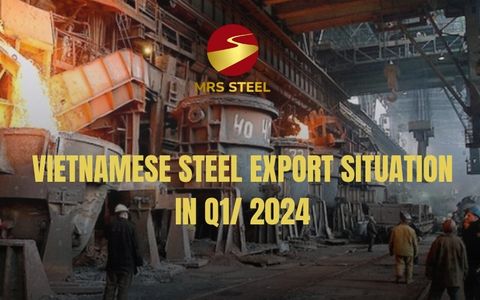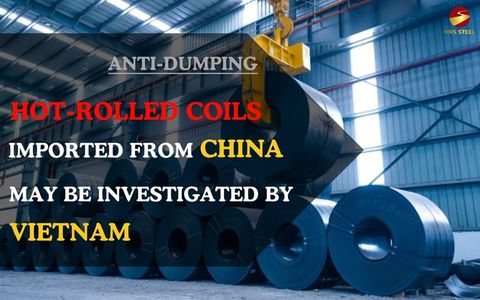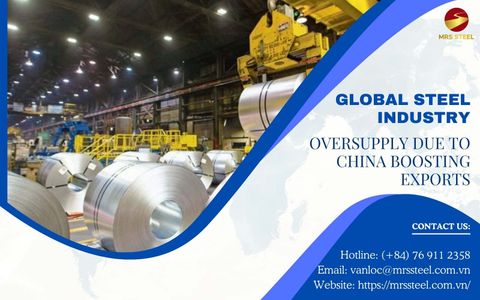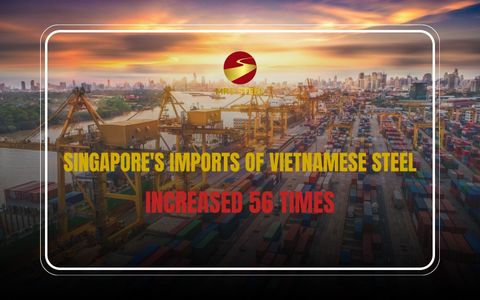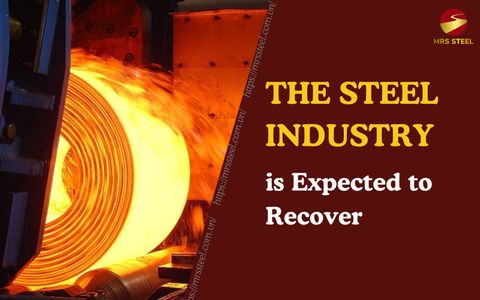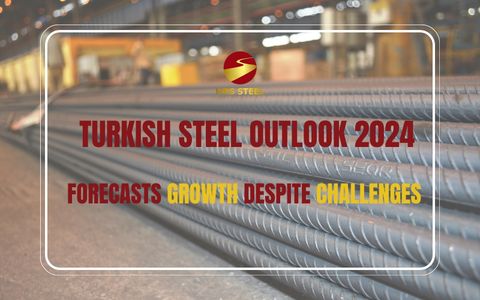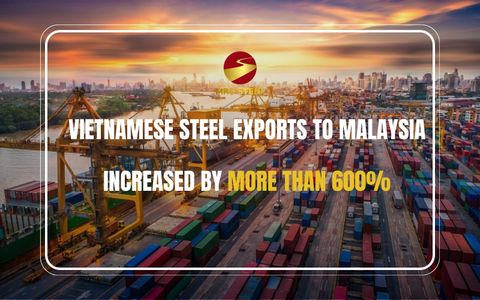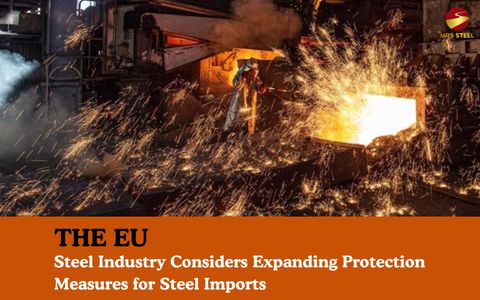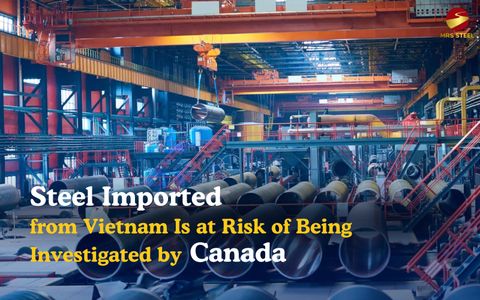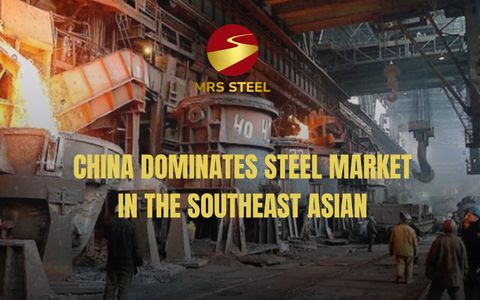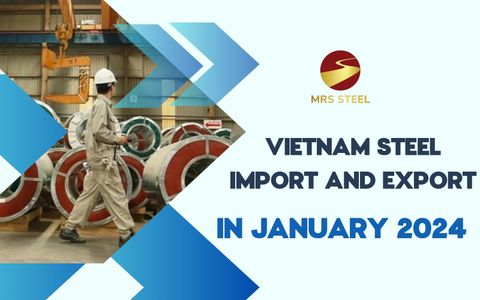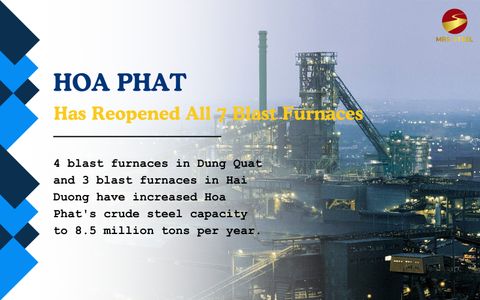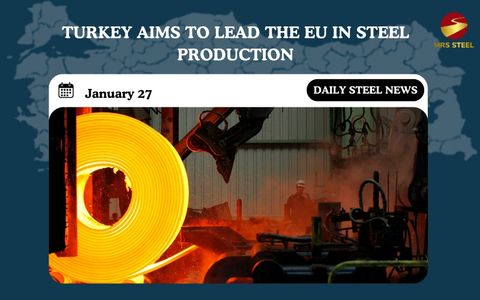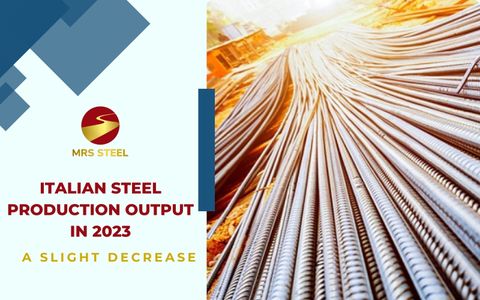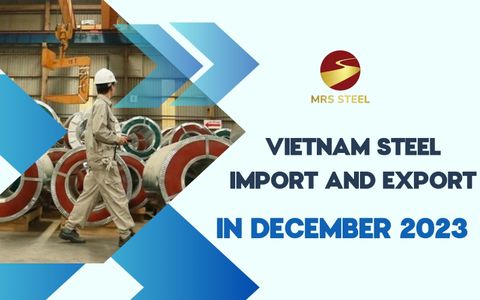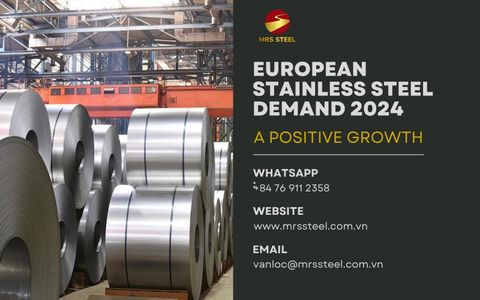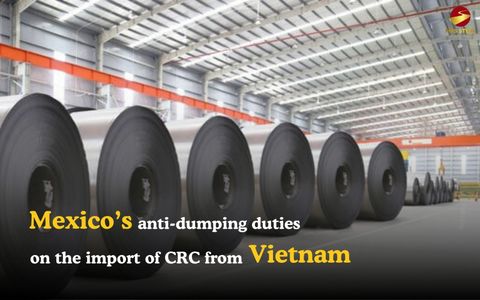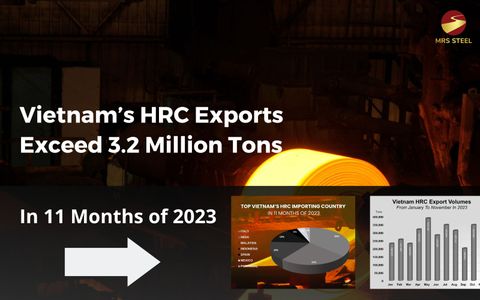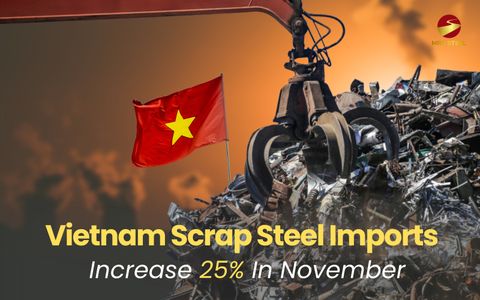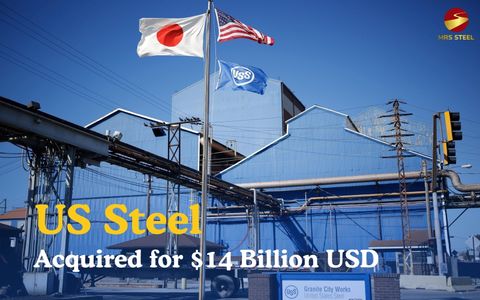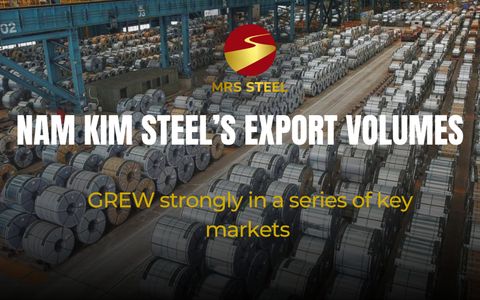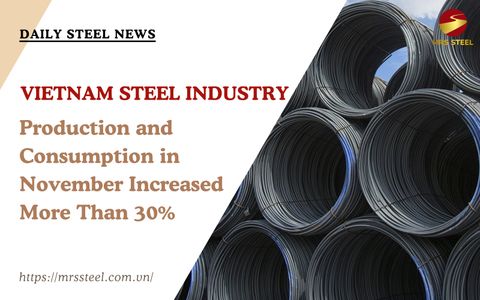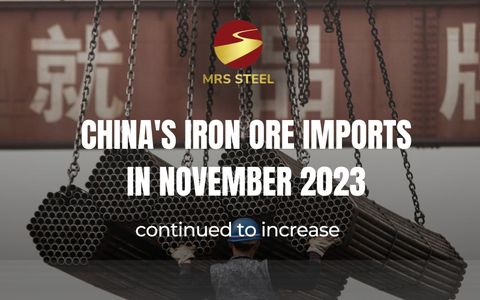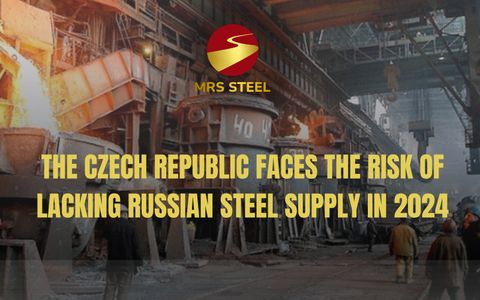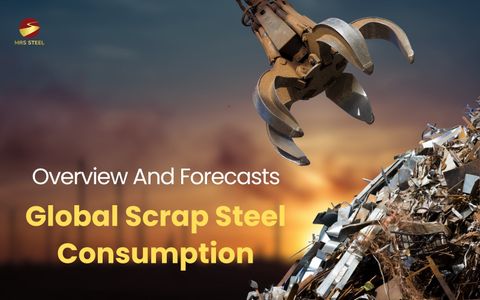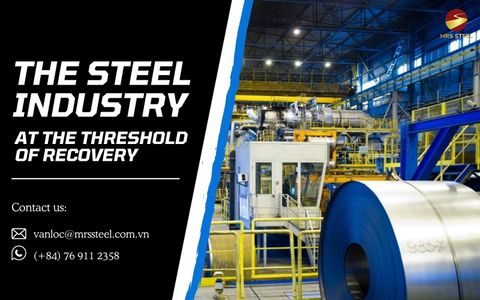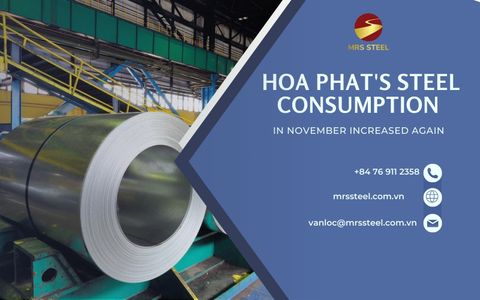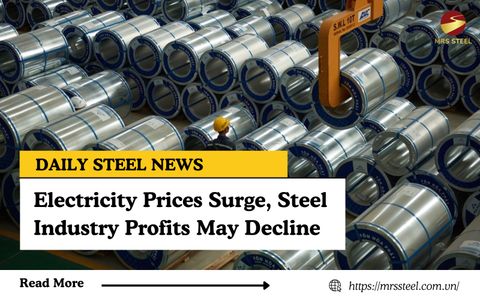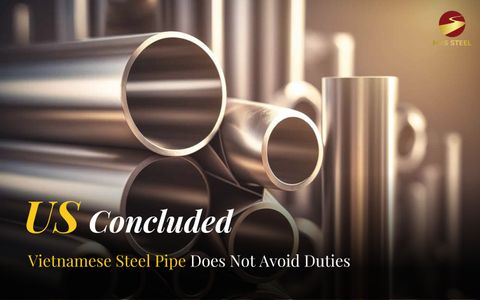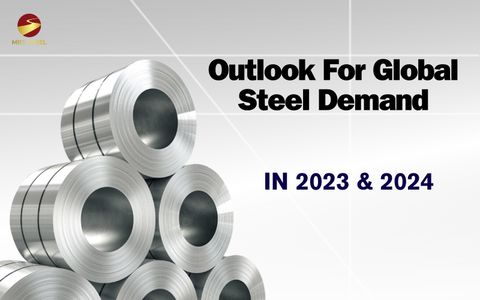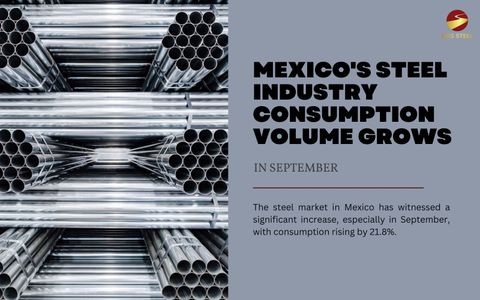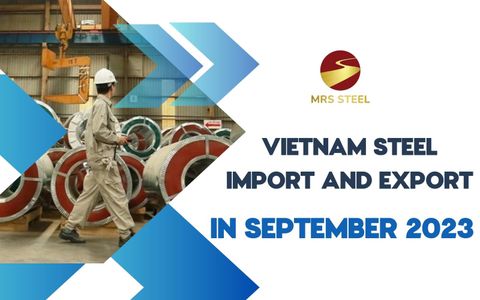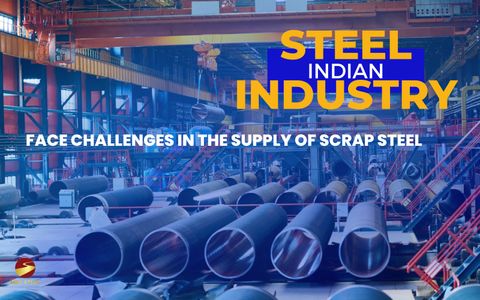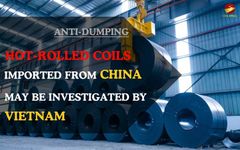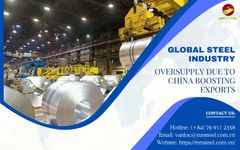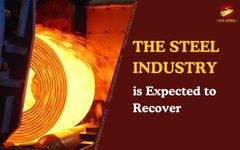Exploring Scrap Steel - The Important Raw Materials In Steel Industry
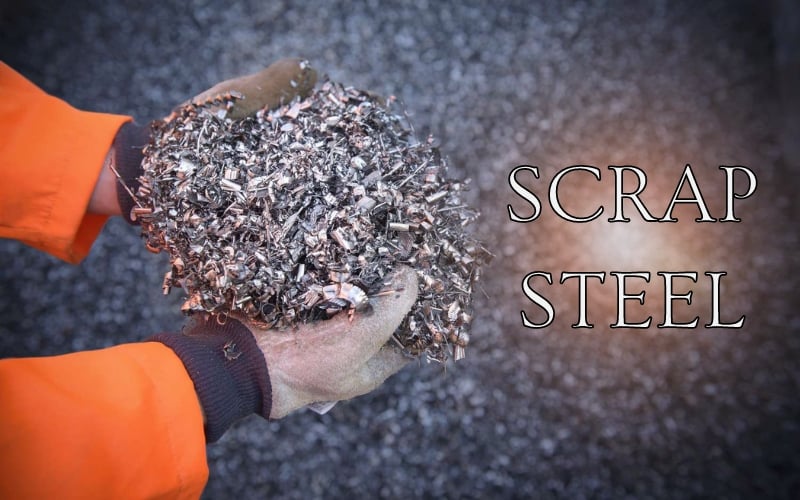
Steel NewsDate: 09-11-2023 by: Ngan Le
In recent years, Vietnam has promoted the use of clean energy sources in steel production in order to develop an eco-friendly economy. Therefore, the steel scrap has long been applied in production by many domestic manufacturers. The role and applications in the recycling process of scrap steel have brought positive effects to the environment, contributing an important position to the trend of sustainable development and production.
The role of scrap steel in the trend of using renewable energy
Scrap steel is the term used to describe products that have reached the end of their life cycle and they are not usable for longer. The name "scrap" will make many people think that they are discarded items, in fact they are a valuable source of raw materials for the steel production process at factories.
Scrap steel is considered an essential source in the trend of green production because they will not cause any pollution risks to the environment. Compared with the method of producing steel from iron ore, scrap steel plays a major role in reducing emissions from factories when 1 ton of scrap steel can reduce 1.5 tons of CO2, 1.4 tons of iron ore and 740 kg of coal.

They come from a variety of sources, some from steel mills, where shipments are damaged or some failed products because they don't have any value to the transaction. Others can appear in the wreckage of used cars, old boats or from the structure of buildings.
Process of recycling from scrap steel
Scrap steel is an iron containing metal with the rate of iron is 97% and thanks to this high percentage, many manufacturers have processed and melted them to create new types of steel products. The process of recycling steel often goes through many complicated stages to ensure the quality of the output steel products.
Step 1: Collecting all types of scraps
The first step in recycling steel from scrap is to collect all types of scrap and gather them at a certain location. Scrap sources are often present around people's daily life like an old table or chair, refrigerator, bicycle can also be considered a valuable source of materials in steel production.
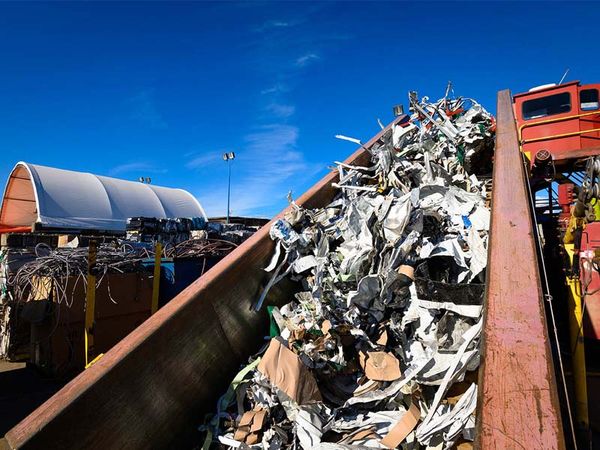
Step 2: Conduct sorting scraps into specific groups
After gathering all the scraps in one place, the handler will use a magnet to draw iron and magnetic devices from the general mix. Scrap steel will be divided into 3 categories including metal scrap that is discarded at the factory or previous workshops, the type of scrap is waste generated in the steel production process, and final scrap comes from household items.
Normally, scraps that have sources from factories can be directly put into the recycling process without having to go through any cleaning steps. Meanwhile, scrap steel from household items will be treated to remove other impurities to achieve the required cleanliness. The cleanliness must meet the criterias such as no dirt, non-ferrous metals, steel is not rust and excessive corrosion.
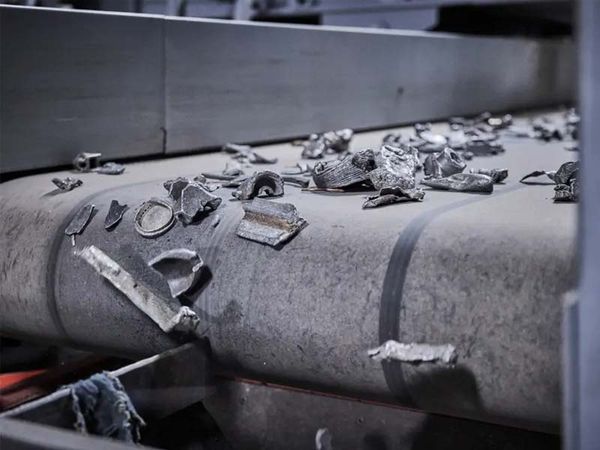
Step 3: Crush and shred the scraps
In order to make it more convenient for scrap smelting, the manufacturer will perform the crushing and shredding step with specialized machines including cutters, flatteners and crushers. The smaller the scraps, the faster the heating and melting process will be promoted.
Step 4: Heat up scraps
Based on the properties of each type of scrap steel, the manufacturer will put them in different furnaces. The average temperature of a furnace can be up to 3000 degrees Celsius, this is the ideal temperature enough to evaporate the zinc and aluminum components contained in the previous steel.
The furnaces are often equipped with a liquid stirrer to assist in maintaining the temperature in the heating process as well as controlling the consensus of the liquid. The heating process will take place for several hours depending on the amount of scrap steel poured in.
Step 5: Filter the residue
Sedimentation is a necessary stage that helps to remove excess impurities present in the steel to ensure that the final steel product obtains high quality and does not appear to have any contaminants. Some common methods of filtration include using electrolysis to extract impurities from steel, another way to remove impurities from metal can be mentioned as running a magnet over a molten metal solution.
Step 6: Carry out the solidification method
After the steel solution has been purified to remove excess substances, the manufacturer will now move them on conveyors to cool and solidify the metal. Also in this stage, steel will be formed into billet bars or flat steel.

Finding the scrap steel collector for your recycling project
Theoretically, scrap steel brings positive aspects to businesses, in fact, scrap steel sources are considered to be rare. This scarcity comes from the average lifespan of a steel product is up to tens or even 100 years. This means that these sources are not always available at all times while the demand for steel is increasing day by day.
In recent years, Vietnam has been the destination of millions of tons of scrap steel when the domestic market often buys and imports foreign scrap steel sources. In addition, China's policy about banning imported scrap steel has unintentionally caused scrap sources to rush into Vietnam more than ever. In the face of the scarcity of scrap steel in many places in the world, choosing reputable scrap steel collectors in Vietnam will be the right direction for your production projects.
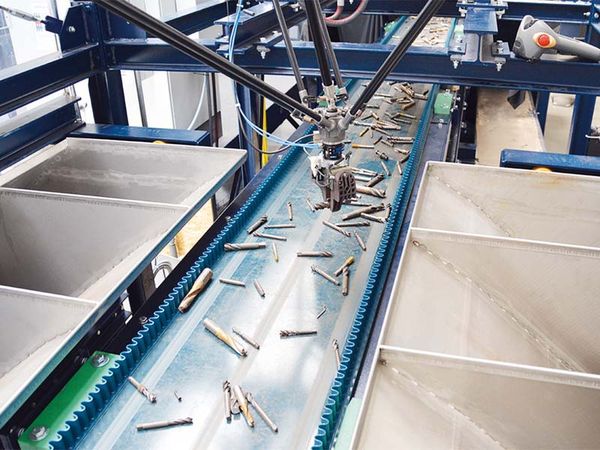
If you are in need of finding and purchasing scrap steel sources, MRS Steel is ready to be present and accompany you. We are not a small unit specializing in scrap collection but a business specializing in providing reputable steel solutions in the market, we are able to bring you quality scrap steel at an affordable price. Contact us immediately via Whatsapp:+84 76 911 2358 or email vanloc@mrssteel.com.vn for detailed advice.

